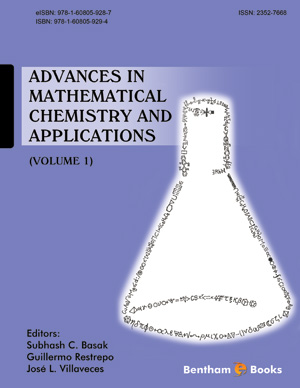Abstract
In a “top-down” process, starch nanoparticles can be produced by structural and size refinements through the breakdown of large particles. In this study, the structure of fine starches prepared via a compressed hot water process at different temperatures (160 – 180°C) was analysed using dynamic light scattering and sizeexclusion chromatography with multi-angle light scattering (MALS) and differential refractive index detection. Changes in the molecular weight, polydispersity, hydrodynamic radius, and radius of gyration were assessed. The intrinsic viscosity of the fine starch solution was derived from the Flory-Fox and Ptitsyn-Eizner equation. The weight-average molecular weight decreased to 7.29×10-5 g/mol while the average hydrodynamic radius and weight-average radius of gyration decreased by 34.9 nm and 14.6 nm respectively, in fine starch prepared at 180 °C. In fine starches prepared at 160 °C, 165 °C, and 170 °C, tails in the multi-angle light scattering peaks, upswings in the conformation plots, and upturns in the plots of gyration radii and elution volumes were all the result of branching structures. In fine starches prepared at 175 °C and 180 °C, amylopectin branching was diminished and symmetrical scattering peaks were detected in the MALS analysis. We propose a pathway for waxy rice starch hydrolysis by a compressed hot water process.
Keywords: Fine starch, Intrinsic viscosity, Hydrodynamic radius, Molecular weight, Radius of gyration.



















